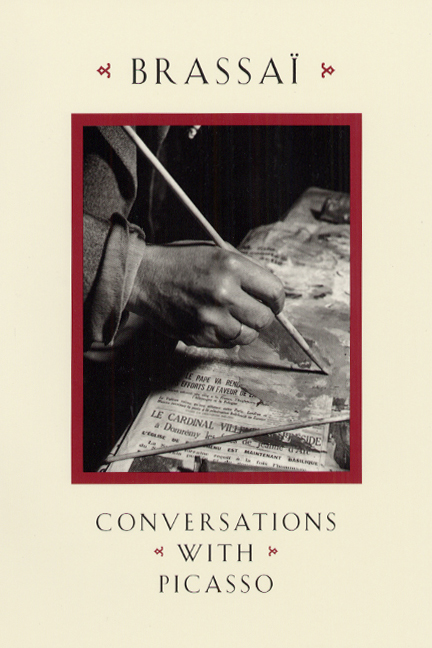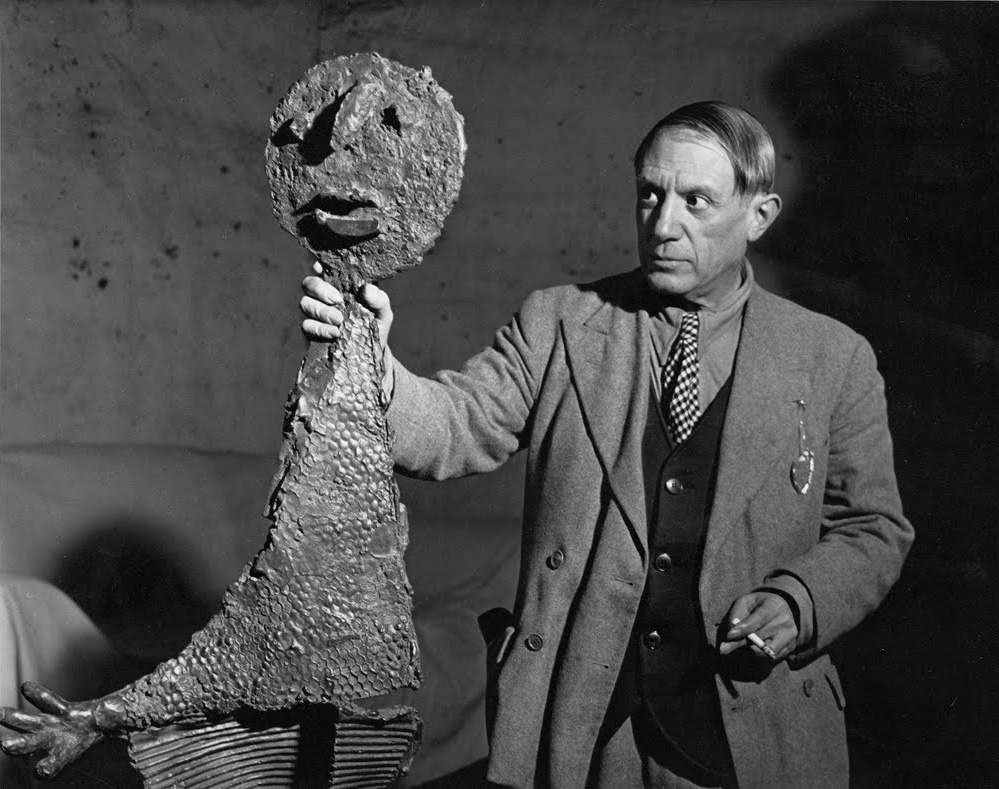
Alan: Using "The Law of The Diffusion of Gases," I calculated how many oxygen molecules are inhaled with each breath that were in Yeshua's lungs when he said: "This is my body." It turns out there are at least two.
***
The Science of Dust, Picasso’s Favorite Phenomenon
by Maria Popova
“With every breath, we inhale a bit of the story of our universe, our planet’s past and future…”
 It takes more than three centuries for a one-foot layer of dust to accumulate. The entirety of the Roman Empire is buried nine feet underground — that is, under nine feet of tightly compacted dust. This household nuisance is indeed one of nature’s most humbling phenomena and Earth’s most steadfast preserver. Picasso was fascinated by it. In a passage from Hungarian photographer Brassaï’s 1964 gem Conversations with Picasso(public library) — which also gave us the iconic artist on success and not compromising andintuition and where ideas come from — Picasso marvels the news of an excavation in which archeologists preserved a cross-section more than ten feet high, containing multiple layers built over the millennia. When Brassaï notes how moving it is that “in a glance, you can take in thousands of years of history,” Picasso responds enthusiastically:
It takes more than three centuries for a one-foot layer of dust to accumulate. The entirety of the Roman Empire is buried nine feet underground — that is, under nine feet of tightly compacted dust. This household nuisance is indeed one of nature’s most humbling phenomena and Earth’s most steadfast preserver. Picasso was fascinated by it. In a passage from Hungarian photographer Brassaï’s 1964 gem Conversations with Picasso(public library) — which also gave us the iconic artist on success and not compromising andintuition and where ideas come from — Picasso marvels the news of an excavation in which archeologists preserved a cross-section more than ten feet high, containing multiple layers built over the millennia. When Brassaï notes how moving it is that “in a glance, you can take in thousands of years of history,” Picasso responds enthusiastically:And you know what’s responsible? It’s dust! The earth doesn’t have a housekeeper to do the dusting. And the dust that falls on it every day remains there. Everything that’s come down to us from the past has been conserved by dust. Right here, look at these piles, in a few weeks a thick layer of dust has formed. On rue La Boétie, in some of my rooms … my things were already beginning to disappear, buried in dust. You know what? I always forbade everyone to clean my studios, dust them, not only for fear they would disturb my things, but especially because I always counted on the protection of dust. It’s my ally. I always let it settle where it likes. It’s like a layer of protection. When there’s dust missing here or there, it’s because someone has touched my things. I see immediately someone has been there. And it’s because I live constantly with dust, in dust, that I prefer to wear gray suits, the only color on which it leaves no trace.
So what is dust, really? And what makes it so special? Count on Joe Hanson to put some science behind the legendary artist’s muse:
We’re constantly moving dust from one place to another, only to have it replaced by more dust — entropy always wins.[...]A piece of space-dust falls on your head once every day… With every breath, we inhale a bit of the story of our universe, our planet’s past and future, the smells and stories of the world around us, even the seeds of life.
Lest we forget, as Carl Sagan memorably put it, we are but “a mote of dust suspended in a sunbeam.”
For more of Hanson’s illuminating science videos, see the science of why we kiss, why there was no first human, the mathematical odds of finding your soulmate, the universe in a glass of wine, and why sci-fi writers are so good at predicting the future.

No comments:
Post a Comment